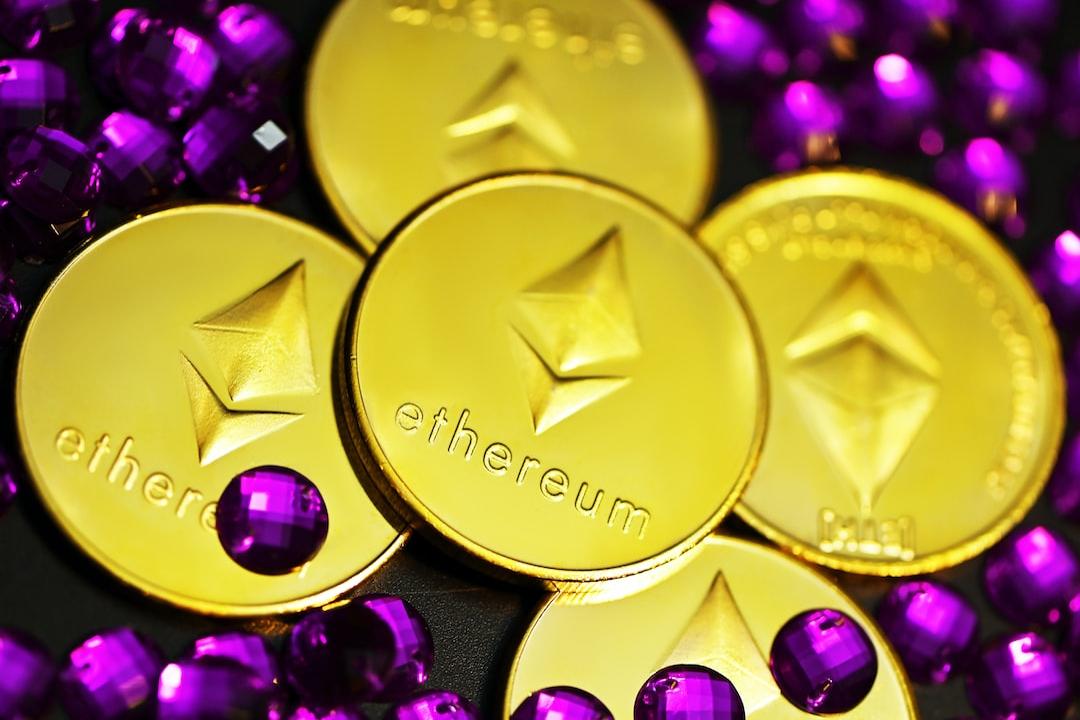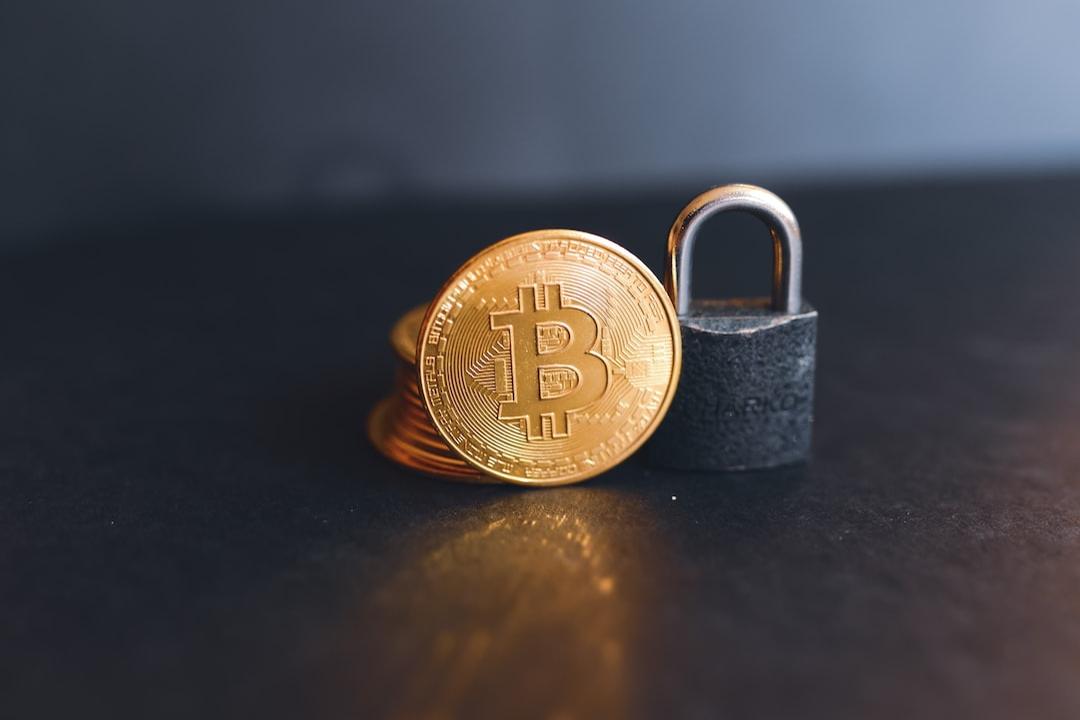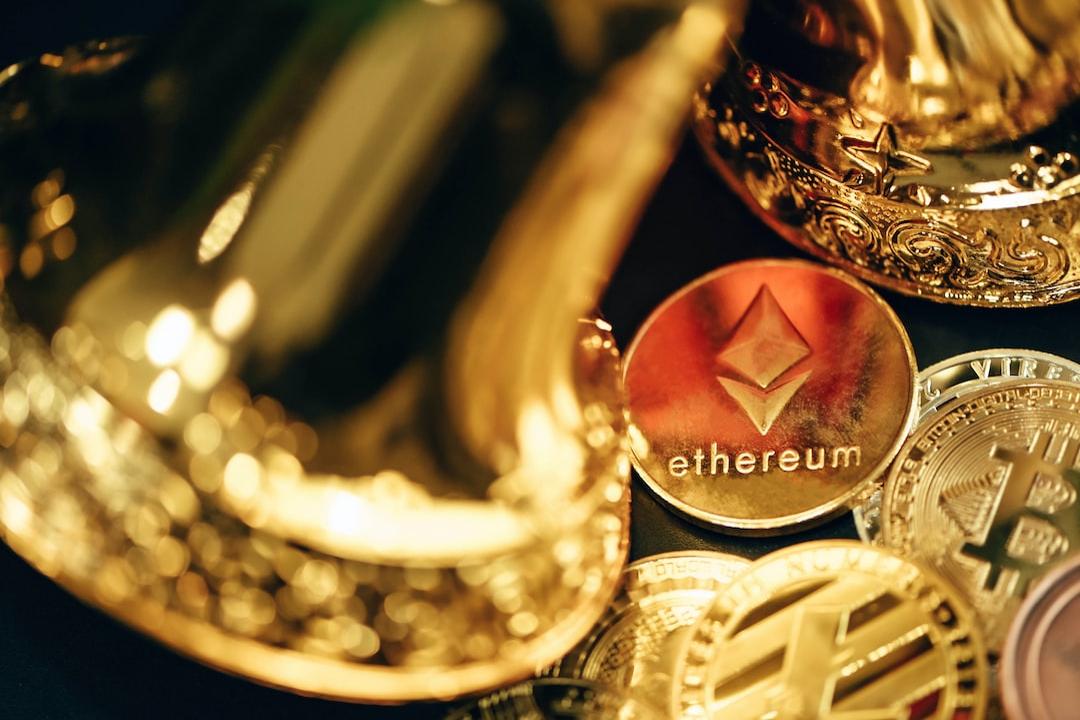Uniswap Foundation’s $165.5 Million Grant Proposal Officially Passed Today
The funds will be used to promote the development of Uniswap v4 and Unichain, with $45 million allocated to incentivize liquidity migration. The passing of this proposal lays the foundation for the “Fee Switch.”
(Background: SEC Concludes Investigation into Uniswap! Founder: Spent Millions Over 3 Years, DeFi Finally Wins)
(Background Information: Uniswap L2 Unichain Officially Launches with Three Highlights, Could Cause Ethereum to Lose Hundreds of Millions in Annual Revenue?)
Decentralized Exchange Leader Uniswap Foundation Votes on $165 Million Investment Plan
In early March, the Uniswap Foundation voted on a $165 million investment plan aimed at promoting the ecosystem development of Uniswap v4 and Unichain. Early this morning, the governance proposal was officially passed, and the Uniswap Foundation stated:
“This marks the beginning of our community’s next era: one that unlocks new opportunities to build, grow, and create and capture value.”
Moreover, the passing of this proposal also lays the groundwork for the long-anticipated Fee Switch (redistributing a portion of protocol revenue to token holders), which is expected to enhance the value capture capability of the UNI token.
We’re thrilled to announce that last night, both UF governance proposals passed quorum. This marks the beginning of our community’s next era: one that unlocks new opportunities to build, grow and to create and capture value.
→https://t.co/h1NnLUFskL
→https://t.co/kchEqv2PDHpic.twitter.com/udvUgdA3TR
— Uniswap Foundation (@UniswapFND) March 19, 2025
Funding Allocation
The proposal includes “Uniswap Unleashed” and its sub-proposal “Unichain and Uniswap v4 Liquidity Incentives,” with a total funding amount of $165.5 million, specifically allocated as follows:
- Grants: $95.4 million to be invested over the next two years for developer programs, core contributors, and validators.
- Operations: $25.1 million to be invested over the next two years for team expansion and governance tool development. The total funding for the first two points amounts to 20,320,405 UNI (valued at $5.93 based on the UNI opening price on March 11, 2025).
- Liquidity Incentives: $45 million aimed at incentivizing liquidity providers, to be implemented with assistance from Gauntlet. This will allocate 7,588,532 UNI specifically for the following:
- $24 million (distributed over 6 months): to incentivize liquidity migration from other platforms to Uni v4;
- $21 million (distributed over 3 months): to drive Unichain TVL from the current $8.2 million to $750 million.

Four Strategic Goals
The proposal focuses on four key areas to expand Uniswap’s competitive advantage:
- Expand Network Supply: Provide the highest capital efficiency on active EVM chains.
- Expand Network Demand: Build a top-tier DeFi development platform.
- Strengthen Governance and Community: Initiate revenue sources.
- Strengthen Governance and Community: Introduce core contributors to the protocol.
Notably, the third strategic goal “Initiate Revenue Sources” is closely related to the implementation of the Fee Switch. The proposal mentions that the foundation is assessing whether to establish a legal entity (such as DUNA, a decentralized nonprofit association) to create a clearer legal framework for Uniswap, bringing the following advantages:
- Clear legal status
- Ability to enter into contracts with external teams
- Other potential benefits.
If the evaluation concludes that this is the best path for Uniswap governance, the foundation will submit a proposal to the community to push for the establishment of this legal entity. If this proposal passes, the foundation may propose governance measures that allow delegators to receive protocol revenue, paving the way for the implementation of the Fee Switch.

Future Key Focus Areas
The Fee Switch refers to Uniswap redistributing a portion of transaction fee revenues rather than allocating all to liquidity providers. This allows UNI token holders (or governance representatives) to obtain a share of protocol revenues, enhancing UNI’s value capture ability and making it more financially sustainable.
In the past, the Fee Switch has been a focal point of community discussions but was not implemented due to concerns over LP withdrawals and decreased liquidity. Now, the foundation is paving the way for this mechanism through governance and legal framework adjustments. Subsequent key focus areas include:
- Whether the foundation will propose the establishment of a “legal entity,” and if the proposal will pass, ensuring Uniswap has a legitimate legal status.
- How governance will determine the sources of fees? Will they come from transaction fees or revenue from the protocol’s frontend? If the choice is transaction fees, will it apply only to specific liquidity pools or cover all trading pairs?
- The response of the LP community; if the Fee Switch is activated, will there be liquidity incentive programs to mitigate the impact?
If these questions are resolved, Uniswap may usher in a historic governance transformation, truly implementing the Fee Switch, providing a revenue model for UNI holders, and influencing the future business model of decentralized exchanges.



